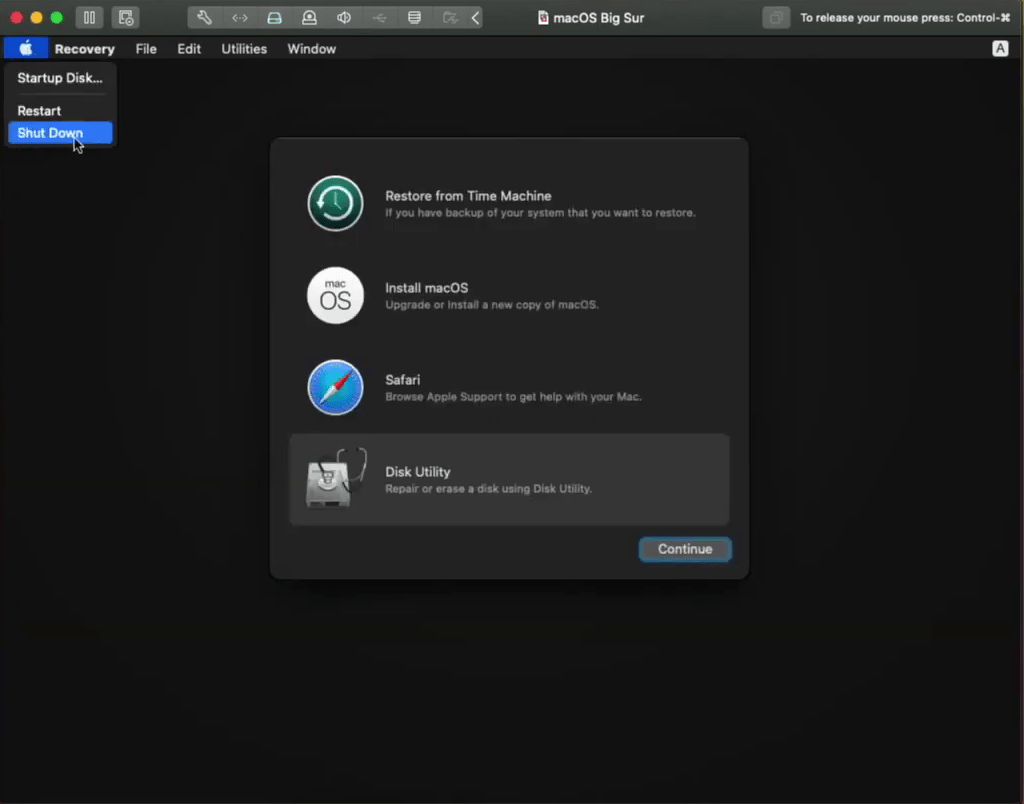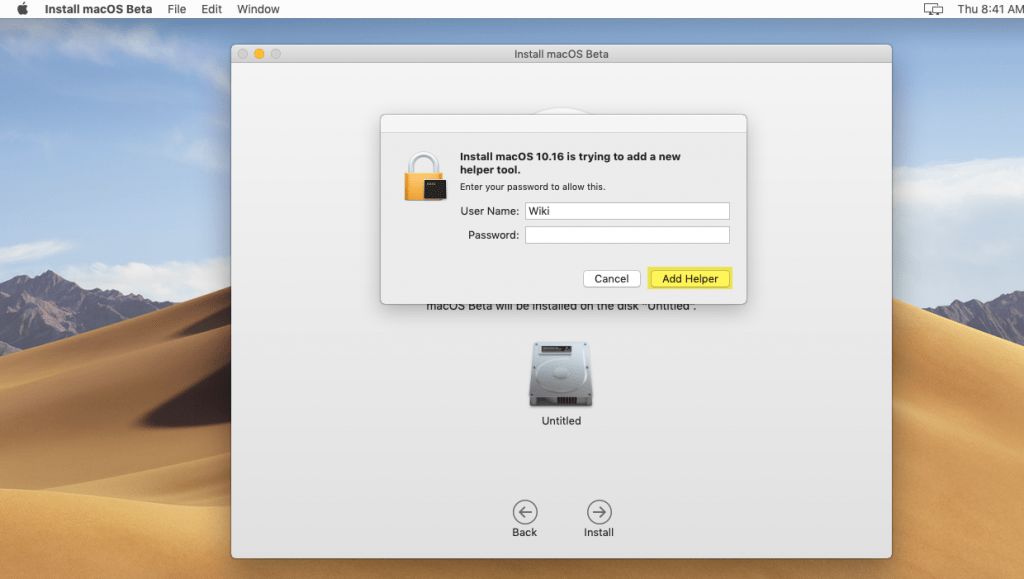


- #Vmware fusion 11 mac hard drive too large how to
- #Vmware fusion 11 mac hard drive too large mac os x
- #Vmware fusion 11 mac hard drive too large software
- #Vmware fusion 11 mac hard drive too large plus
#Vmware fusion 11 mac hard drive too large mac os x
Make sure you have plenty of free space on your physical Mac's hosting drive - you will need to create a basic Mac OS X / OS X / macOS virtual machine where you may need to copy the disk image file of your old system to + an additional virtual machine drive that has enough space to host your old system.NOTE: If you have the original Mac you will need to clone its startup disk either to an external storage device (preferably USB) or to a disk image first using, for example, Carbon Copy Cloner. Bootable physical Mac/hard disk/clone/disk image file of your old system.
#Vmware fusion 11 mac hard drive too large software
#Vmware fusion 11 mac hard drive too large how to
Purchase/download/obtain your preferred cloning software (we list some in our How To Clone Your Primary/Boot Drive article - we highly recommend Carbon Copy Cloner).

#Vmware fusion 11 mac hard drive too large plus

OS X 10.10 - was slow when installed on a hard disk, does not support latest Apple internet/iCloud based services.OS X 10.9 - was very kludgy and slow when installed on a hard disk.OS X 10.8 - now free, it runs very efficiently in a virtual machine and there are few internet/iCloud based services clogging it up.Mac OS X 10.6 Snow Leopard (Server) - costs money but you may already be running/want to run this to be able to use PowerPC/Rosetta based applications.If you would prefer to set up/install a virtual machine with a clean Mac OS X/OS X/macOS from scratch please see one of the following articles instead: This article deals with transferring an existing Mac running Mac OS X / OS X / macOS to a virtual machine, or take a bootable storage device/clone/disk image and convert it into a virtual machine. MacStrategy presents this special guide to virtualising a physical Mac/hard disk/clone/disk image file. The ability to virtualise an existing Mac/macOS installation is important and very useful as it is an easy way to continue running your old Mac and also a possible way to run 32-bit applications that do not run on macOS 10.15 or later. Instructions for installing, setting up and virtualising a physical Mac/hard disk/disk image file Virtualising a physical Mac/hard disk/clone/disk image file Virtualising a physical Mac/hard disk/clone/disk image file Article ID = 232Īrticle Title = Virtualising a physical Mac/hard disk/clone/disk image file


 0 kommentar(er)
0 kommentar(er)
